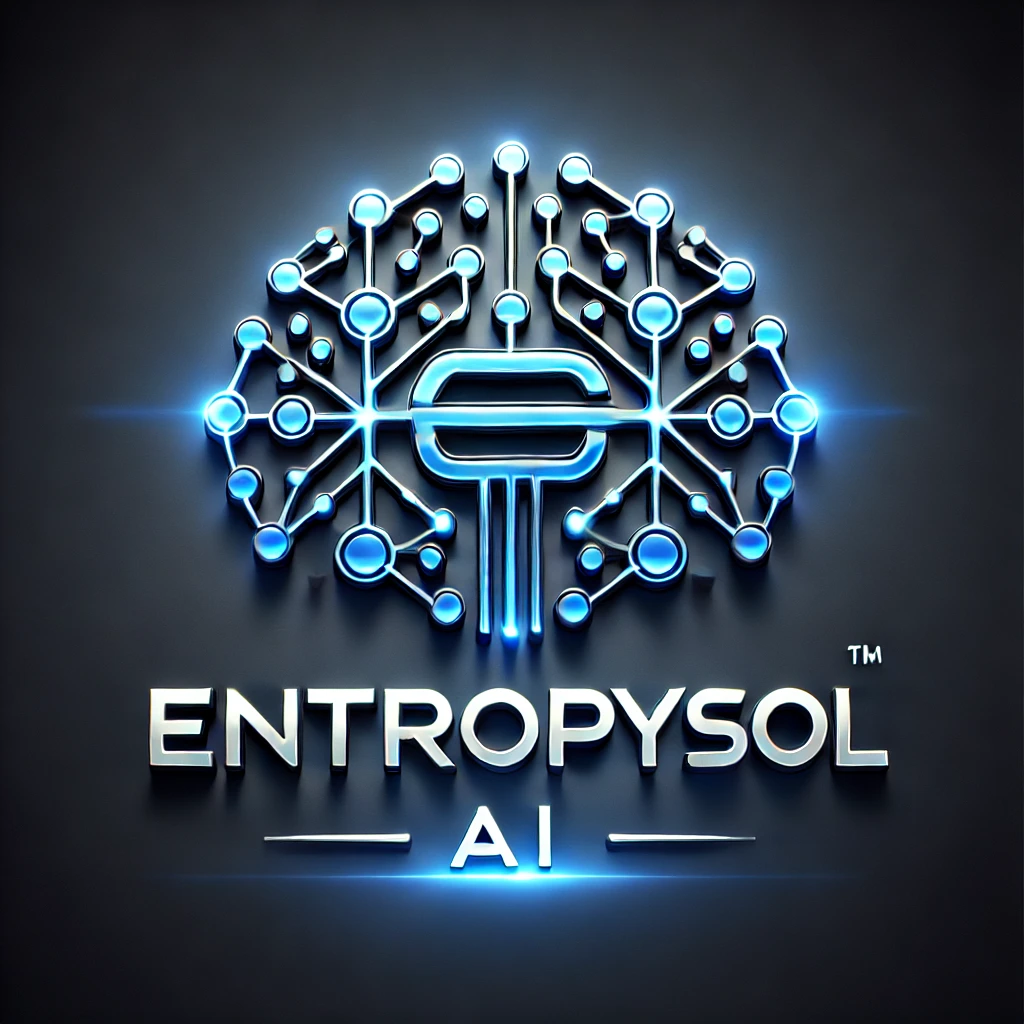For artificial intelligence to truly understand human language, it first needs a way to represent words in a meaningful format. Traditional methods, like assigning a unique number to each word, fall short because they fail to capture any relationship between words. This is where the brilliant innovation of Word2Vec comes in, transforming words into numerical word embeddings that unlock a deeper understanding of language.
Word Embeddings: Giving Words a Vector Representation
Imagine a map where cities with similar characteristics are close to each other. Word embeddings do something similar for words. They are dense vector representations of words, where each word is mapped to a point in a high dimensional space. The magic is that words with similar semantics or that appear in similar context will have vectors that are numerically close to each other. This allows AI models to grasp nuances like “king” being related to “queen” in the same way “man” is related to “woman.”
Word2Vec is a powerful technique developed by Google to create these effective word embeddings. It uses a shallow neural network to learn these representations from massive amounts of text.
Skip-gram: Learning Context from a Word
Within the Word2Vec framework, there are two main architectures: Continuous Bag of Words (CBOW) and Skip gram. While CBOW tries to predict a target word given its surrounding context, Skip gram does the opposite, and it is often more effective, especially for rare words.
The Skip gram model works by taking a single target word as input and then predicting the words that are likely to appear in its surrounding context. For example, if the target word is “apple”, the model might predict words like “eat”, “fruit”, or “red” as its context. This is achieved through a simple neural network. The input layer takes the one hot encoded representation of the target word. There is then a single hidden layer, which is where the word embedding itself resides. The output layer then tries to predict probabilities for all other words in the vocabulary being in the context window. During training, the model adjusts its internal weights so that it gets better at predicting the correct context words.
The Power of Pretrained Models
Training word embeddings from scratch on custom data can be computationally intensive and requires a very large corpus of text. This is where pretrained models become incredibly valuable. These are Word2Vec embeddings (or other types of embeddings like GloVe or FastText) that have already been trained on enormous datasets like Wikipedia or Google News.
The significant advantage of using pretrained models is transfer learning. Instead of starting from zero, you can simply download and use these already learned word embeddings. They arrive with a rich understanding of general language semantics and context, allowing your own neural networks to immediately benefit from this pre existing knowledge. This dramatically speeds up development and often leads to better performance, especially when you have limited domain specific data.
Impact on Natural Language Processing
The development of word embeddings and the widespread availability of pretrained models have revolutionized Natural Language Processing (NLP). They provide a powerful numerical representation of words, enabling machine learning models to effectively process and understand human language. These embeddings are commonly used as the initial input layer for more complex neural networks, including those built using frameworks like PyTorch, forming the foundation for tasks like sentiment analysis, machine translation, and text classification. Understanding Word2Vec, Skip gram, and the benefits of pretrained models is a cornerstone for anyone venturing into modern NLP.
